Are black-footed ferrets and our pets related?
What do you know about American ferrets?
I want to dedicate this post to the black-footed ferret, our ferret’s distant cousin that had a pretty wild history thanks to us humans. We managed to make a black-footed ferret endangered, but we also managed to keep the species alive thanks to black-footed ferret breeding programs. Due to that, I want to share black-footed ferret information with you so we can all educate ourselves about this interesting species that was brought back from the brink of extinction.
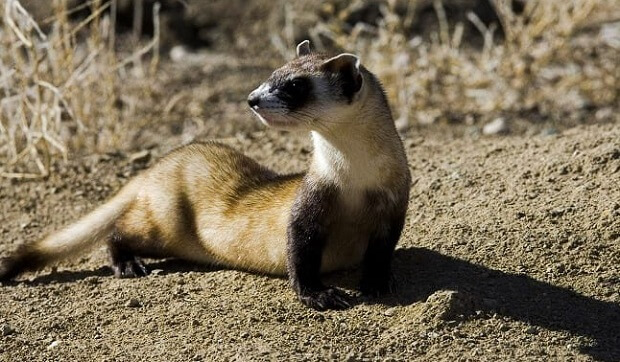 Photo Source: Animals Network
Photo Source: Animals Network
TABLE OF CONTENTS
Black-Footed Ferret Information
The black-footed ferret (also known as American ferret and prairie dog hunter), with the scientific name Mustela Nigripes, is a small animal that belongs to the Mustelid family. They look like other Mustelids, meaning they have a long body with short legs. Besides our pet ferrets, they share this family with minks, martens, stoats, as much as wolverines and otters.
Relation To Our Pet Ferrets
Ferrets and black-footed ferrets come from the same Mustelid family, but that is pretty much everything they have in common. There was a theory that said they are ferret’s ancestors, but it was proven wrong. After thorough research, we had proof that they don’t share similar physical characteristics or DNA. You can read more about those theories in my post about ferret domestication history.
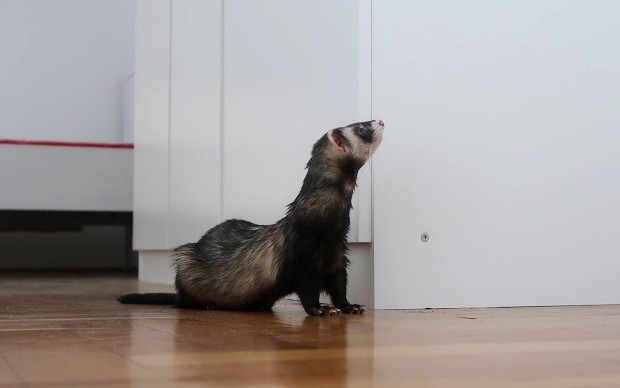
Our pet ferrets look like European polecats, they share their physical characteristics and they share DNA. We can even breed polecats with ferrets and have healthy hybrids. That is what people are doing for a long time. If you want to check out the differences between a ferret and a polecat, read my post about ferrets and polecats.
Black-Footed Ferret Description
As I have already mentioned, you can easily recognize this animal by its long body and short legs. The fur on a black-footed ferret is creamy with dark brown legs and the tip of the tail, hence the name. There is a mask around their eyes that is the same color as the legs and the tail. The average black-footed ferret lifespan is 3-4 years in the wild and around 4 in captivity.
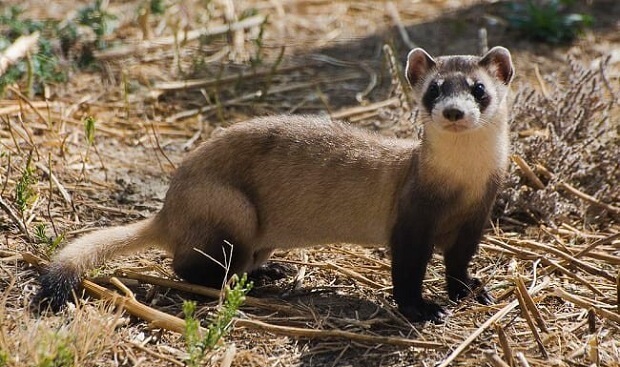 Photo Source: Animals Network
Photo Source: Animals Network
The average weight is around 1.4-2.5 pounds (around 1 kg) and their length can vary from 18-24 inches ( around 45-60 centimeters). Their tail length can be 5-6 inches (13-15 centimeters). The males of this species are slightly bigger than females, just like the rest of the animal kingdom.
Black-Footed Ferret Range
This animal is the only ferret species native to North America. The black-footed ferret natural habitat spread across the Great Plains of North America, part of Canada, and northern Mexico. But, due to the black-footed ferret extinction, today you can find it only in parts of Wyoming, South Dakota, Montana, and Arizona.
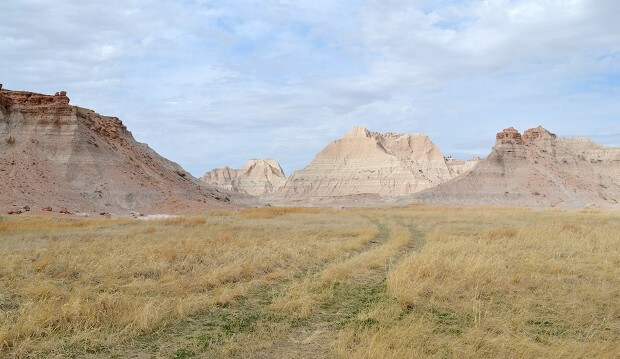
The black-footed ferret habitat is shortgrass and mixed-grass prairie, desert grasslands, shrub and sagebrush steppe, even mountain grassland. They migrated following prairie dogs, their main parts of their diet. They even used abandoned prairie dog burrows for living and raising descendants.
Black-Footed Ferret Diet
If you check out one of their names – prairie dog hunters, you can see what is their main diet – prairie dogs. When I say the main diet, I really mean it because 90% of their diet consists only of prairie dogs. The other 10% consists of rats, mice, rabbits, squirrels, reptiles, even insects.
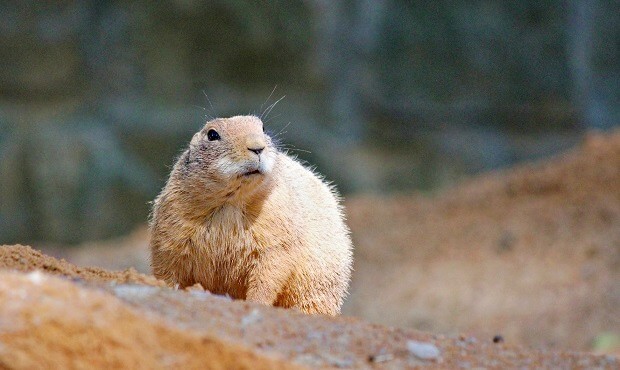
They eat one prairie dog every 3-4 days, which means that they eat 100 prairie dogs in a year. That is a whole lot of food for such a small animal, but it is not a wrong calculation since those ferrets have a high metabolic rate.
Black-Footed Ferret Behavior
Unlike our pet ferrets, American ferrets are solitary animals. They live on their own until the breeding season and when a female American ferret is nursing their young. The male ferret is not around them, he continues with his solitary life. The black-footed ferret babies stay with the mother throughout the summer and by the fall, they usually leave their mother and start their own lives.
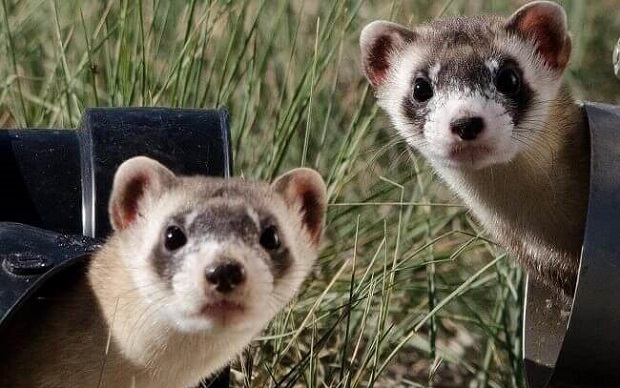 Photo Source: Animals Network
Photo Source: Animals Network
American ferrets are vocal animals. They use their voice to show anger, fear, happiness, courtship, even to warn other animals that come to their territory. The warning sounds like a loud chatter, the anger or fear sounds like a hiss. When a mother calls her young, she whimpers, and when a male courts, he chortles.
Is Black-footed Ferret Endangered?
Black-footed ferrets were considered extinct in 1979, but there was a sight of a wild population in 1981 in Wyoming. A couple of years later (1985) the black-footed ferret population started to decline and that is when people reacted. But, let’s go to the beginning.
Black-Footed Ferret Endangered Reasons
American ferrets were almost extinct for a couple of reasons. It all happened sometime between the 1800s and 1900s. The first thing that dropped their number was human work. They were hunted for their fur. But, that didn’t last long, their fur wasn’t attractive enough. That made a dent in their population, but not as much as the second reason. The large decline happened when prairie dogs started to disappear from their natural habitat.
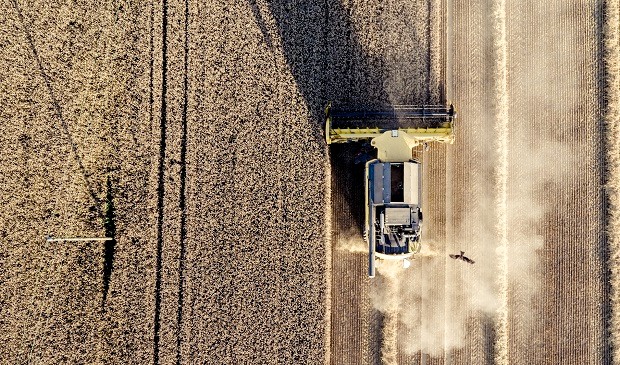
Humans transformed prairies into croplands which made prairie dogs move from their habitat. Unfortunately, not all of them managed to do that. On top of all that, the black-footed ferret disease called the Sylvatic plague happened first, then another disease called canine distemper. The last reason is the only reason not connected to humans that is inbreeding depression, which means the genetic diversity was poor.
Black-Footed Ferret Breeding Program
Now, we get back to 1985, when 24 wild prairie dog hunters were introduced to a captive breeding facility. With that task, the black-footed ferret captive breeding program has begun and it was not easy. Out of those 24, only 18 animals survived the canine distemper outbreak and those 18 animals were crucial for saving the species.
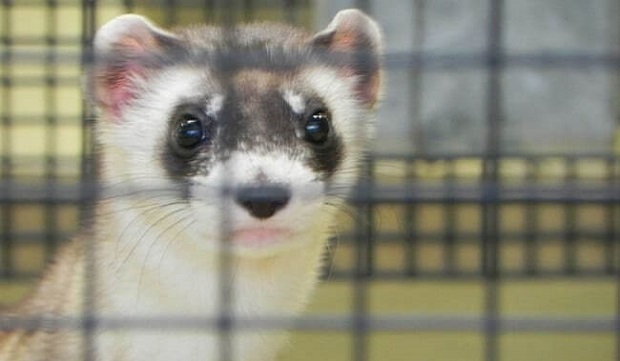 Photo Source: Animals Network
Photo Source: Animals Network
Many facilities got together and organized everything in their power to keep the black-footed ferret alive. Many Zoo-s, Conservation Centers, and ferret experts gave their hand to improve the black-footed ferret conservation status. This animal has gone from almost extinct, to endangered in the course of more than 30 years thanks to the effort of animal centers all over North America.
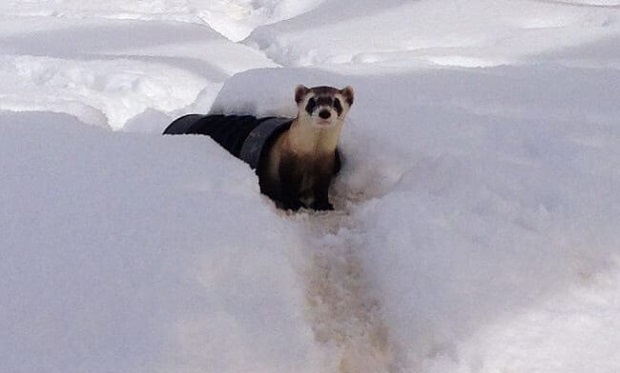 Photo Source: Animals Network
Photo Source: Animals Network
Today, there are 4 black-footed ferret populations n the wild that don’t need our intervention. They are located in Arizona, Wyoming and two of them in South Dakota. In 2008, the black-footed ferret IUCN status went from “extinct in the wild” to “endangered”. Today, the estimated number of black-footed ferrets in the wild is around 400 to 500.
Elizabeth Ann Ferret: First Black-Footed Ferret Clone
Dolly the sheep is not the only cloned animal. Now we can add black-footed ferrets to that list also. But, why did they do that? The main reason why we can read about the American ferret clone is the fact that it can help with species rehabilitation. There are too few living ferrets that make their genetic material is far from perfect. With a cloned individual, scientists hope to add some genetic diversity in the pool since Elizabeth Ann is born from a 30-year-old cell.
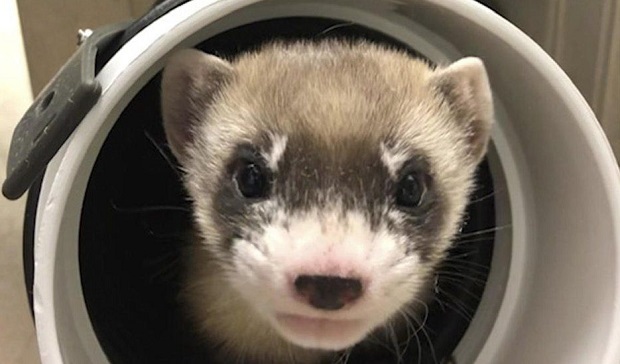 Photo Source: BBC
Photo Source: BBC
The surrogate mother was a domesticated ferret. Scientists used matured eggs and implanted genetic materials with a nucleus in them. With time, embryos were implanted in the mother and one of them survived and started developing. Elizabeth Ann was born on December 10th, 2020. Elizabeth proved to be a healthy ferret, but she is still under supervision. With time, scientists hope she will be able to breed to introduce that different genetic material all American ferrets really need. If everything goes well, her descendants could be released in the wild in a couple of years. The plan is to release them around 2024/2025.
Conclusion
The black-footed ferret is far from the “safe” part of their status, but this is a huge improvement in such a short time. The work is not done and we have to be patient so we can integrate this interesting species back to nature where it belongs. Although they look a lot like our ferrets, they are not pets, they are wild animals. If you want to learn more about our pet ferrets, subscribe to our newsletter today!

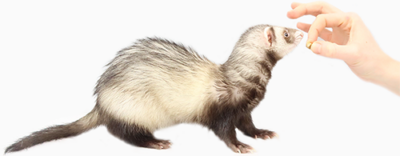


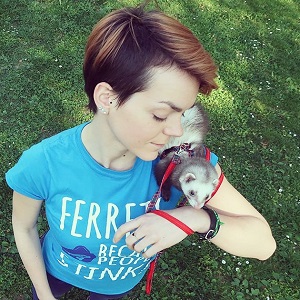

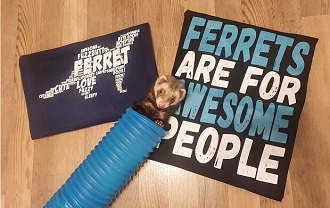
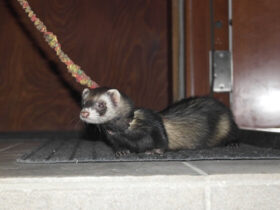



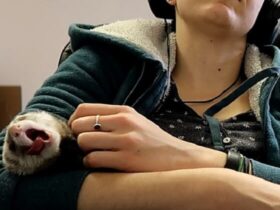

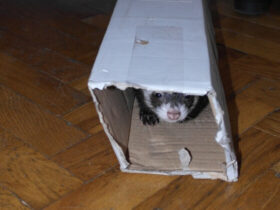
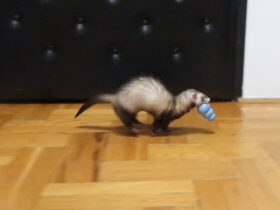


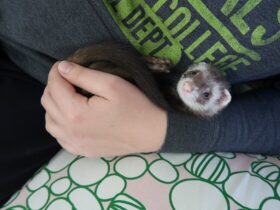

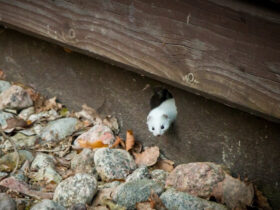
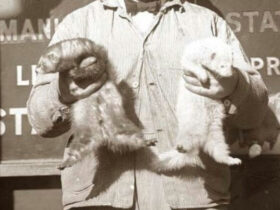
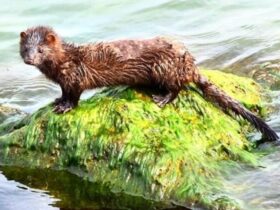
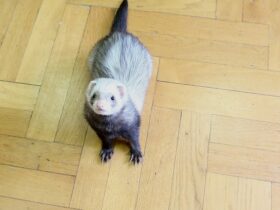
Leave a Reply